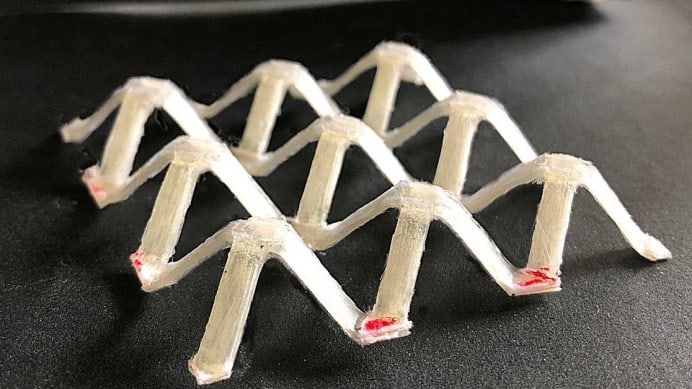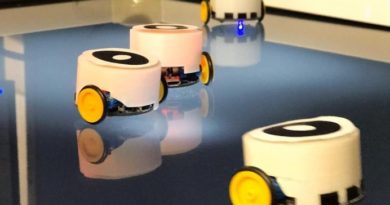Blending Silk With Polymers May Help Create New Biomedical Implants
The new synthetic silk, composed of synthetic composite polymers, could show up in surgical wards.
The silk spun by spiders has long entranced human engineers who’ve yet to fully grasp how to artificially create this strong, fine fiber. But new research shared at the American Chemical Society (ACS) Fall 2020 Virtual Meeting & Expo suggests we can recreate it via mixing silk with synthetic polymers — which might lead to structures capable of replacing cartilage cushions in the knee.
“Silk has great potential for use in biomedical applications,” said the project’s principal investigator Juan Guan, who holds a doctorate. “Silk is versatile, and the human body tolerates it quite well, and can even degrade and absorb it.”
Silk and medicine have a long-standing relationship. Ancient doctors’ records are replete with accounts of stitching patients up with fibers spun by silkworms, and date back almost 2,000 years. Modern surgeons finish some surgeries, like on the eye, with silk sutures.
The scientists discovered how combining synthetic polymers with silk might procure versatile new materials with ample applications in medicine, and potentially other fields.
Of course, other researchers have developed composite materials with silk, but they typically worked with short fibers or only the primary protein contained in silk.
Guan, on the flip side, focused on silk fabrics woven from long, single threads. Cocoons of silkworms sometimes contain fibers almost 5,000 feet (1,524 meters) long, and it can more effectively distribute mechanical stress when used in fabric than we can expect from shorter, discrete strands, added Guan.
In their studies, Gran’s team used silk from common domesticated silkworms belonging to the species Bombyx mori, and also stronger, more elastic fibers from the wild Antheraea pernyi species.
The researchers conjoined this fabric with a polymer matrix, typically an epoxy, which is common in adhesives. When combined, the fabric and polymer create a laminate — like the durable surface covering on furniture — and is then cut into the shapes researchers desire.




